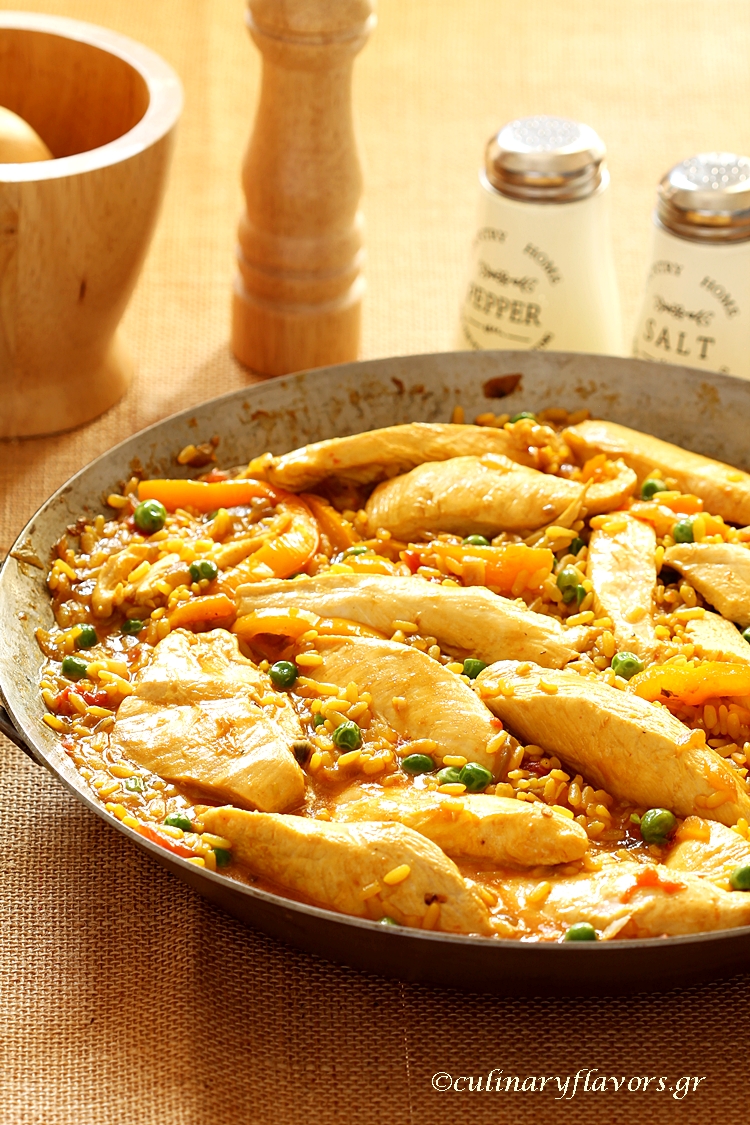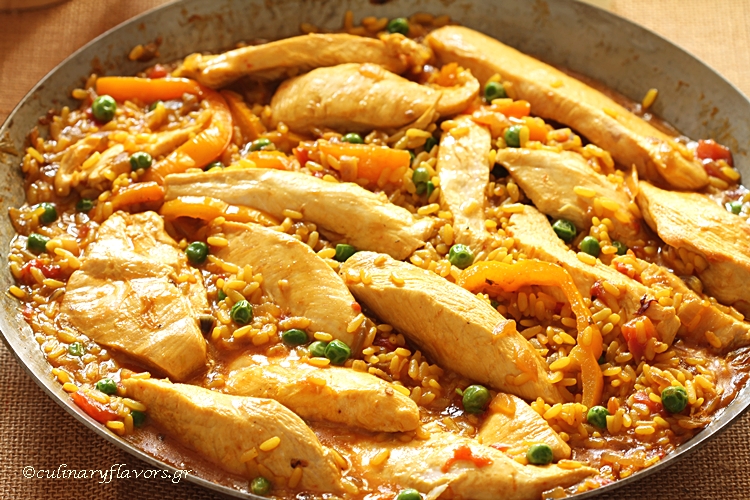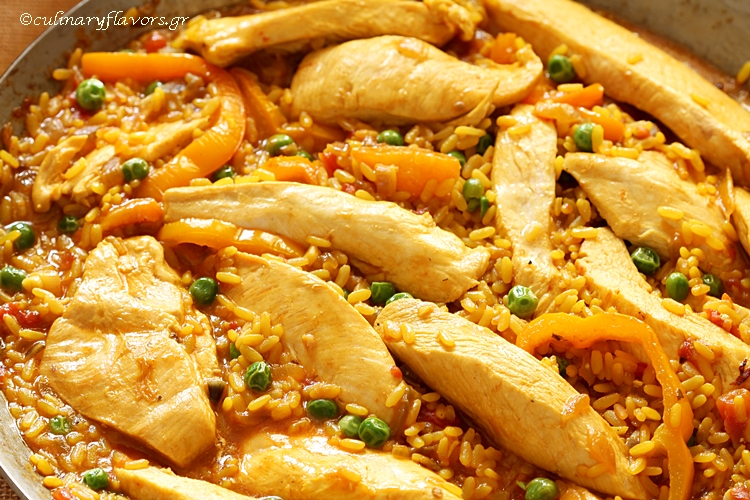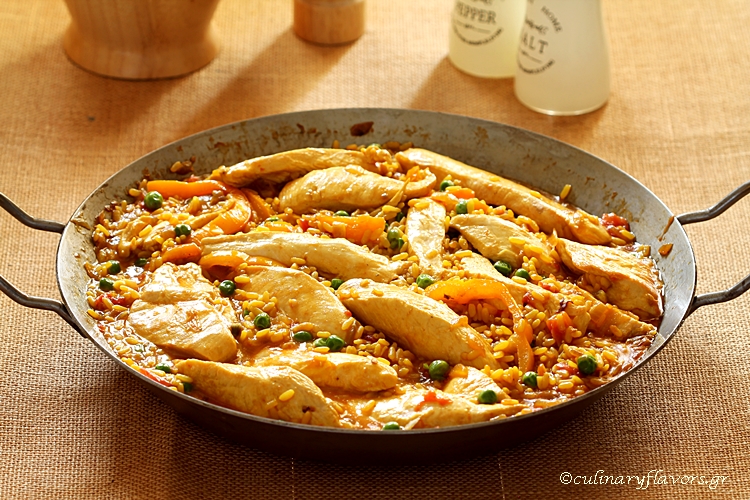Valencia on the east coast of Spain, is the capital of the autonomous community of Valencia and the third-largest city in Spain after Madrid and Barcelona, with around 1.5–2.5 million depending on how the metropolitan area is defined. The Port of Valencia is the 5th busiest container port in Europe and the busiest container port on the Mediterranean Sea.
Valencia was founded as a Roman colony and in AD 714 Moroccan and Arab Moors occupied the city, introducing their language, religion and customs; they implemented improved irrigation systems and the cultivation of new crops as well.
In 1238 the Christian king James I of Aragon reconquered the city and divided the land among the nobles who helped him conquer it.
The city is situated on the banks of the Turia, on the east coast of the Iberian Peninsula, fronting the Gulf of Valencia on the Mediterranean Sea.
Due to its long history, this is a city with numerous popular celebrations and traditions, such as the Fallas.
The Fallas is a traditional celebration held in commemoration of Saint Joseph The term Fallas refers to both the celebration and the monuments burnt during the celebration. Each neighborhood of the city has an organized group of people, the Casal faller, that works all year long holding fundraising parties and dinners, usually featuring the noted dish, paella, a specialty of the region. Each Casal faller produces a construction known as a falla which is eventually burnt.
Paella is a Valencian rice dish. Paella has ancient roots, but its modern form originated in the mid-19th century in the area around Albufera lagoon on the east coast of Spain, adjacent to the city of Valencia. Many non-Spaniards view paella as Spain’s national dish, but most Spaniards consider it to be a regional Valencian dish. Valencians, in turn, regard paella as one of their identifying symbols.
Types of paella include Valencian paella, vegetable paella, seafood paella and mixed paella among many others. Valencian paella is believed to be the original recipe and consists of white rice, green beans, meat (chicken, duck and rabbit), white beans, snails, and seasoning such as saffron and rosemary. Another very common but seasonal ingredient is artichokes. Seafood paella replaces meat with seafood and omits beans and green vegetables. Mixed paella is a free-style combination of meat from land animals, seafood, vegetables, and sometimes beans. Most paella chefs use bomba rice due to it being less likely to overcook, but Valencians tend to use a slightly stickier (and thus more susceptible to overcooking) variety known as Senia. All types of paellas use olive oil.
I was under the weather this past weekend and I wanted something hearty, filling that would make me feel better. I always have chicken in my fridge and, so I decided to go and make a paella. From everything I’ve read I have a feeling that paella is that kind of meal that every housewife has a recipe of its own and what’s inside depends highly on what there is available at home. My son loves snails, but I cannot possibly stand the idea of eating them, so I passed. I didn’t have beans, so I used peas instead and of course I didn’t have that special rice, so I used Arborio which proved to be just perfect. We all loved it and it is very easy to make. There were some leftovers since the quantity is for five people, so I gave it to my husband to take it to work. I highly recommend it as it is definitely a crowd pleaser.
- 250 gr. / 9 oz. Arborio rice
- 1 orange or red bell pepper, sliced
- 1 onion, chopped
- 2 garlic cloves, minced
- 3 chicken breasts, boneless, skinless, cut in thick strips
- 500 gr. / 1 lb chicken stock
- 100 gr. / 3.5 oz. hot water
- 5 to 6 saffron stems
- 190 gr. / 7 oz. tomatoes in chunks
- 100 gr. / 3.5 oz. peas
- Salt, pepper
- Olive oil for sautéing
- Throw the saffron stems in the hot water and let them extract their color.
- Take a large, flat skillet with diameter 30 cm / 12 in., at least 6 cm / 3 inches deep and pour some olive oil.
- Sauté the chicken breasts in medium/high fire.
- Remove and set them aside.
- In the same skillet add the onion and pepper and sauté until they take a dark color and get somewhat soft.
- Add the garlic and sauté for 30 seconds.
- Add the rice and sauté for a minute.
- Pour the tomatoes and stir slowly.
- Pour the hot water with the saffron stems, the chicken stock, the chicken pieces and stir.
- Lower fire to medium/ low and let it simmer without a lid.
- Ten minutes before the rice is soft and ready add the peas, salt and pepper according to your liking.
- If the rice has stuck at the bottom of the skillet it is perfectly fine.
- Spanish people consider this to be a delicacy and love to eat it.
- Remove from fire let it stand for couple of minutes to absorb the liquids and serve.
- 250 γρ. ρύζι για ριζότο, αρμπόριο ή καρναρόλι
- 1 πορτοκαλί ή κόκκινη πιπεριά, κομμένη σε φέτες
- 1 κρεμμύδι ψιλοκομμένο
- 2 σκελίδες σκόρδο, λιωμένες
- 3 στήθη κοτόπουλο, χωρίς κόκαλα, και πέτσα, κομένα σε χοντρές λωρίδες
- 500 γρ. Ζωμό κοτόπουλου
- 100 γρ. ζεστό νερό
- 5-6 νήματα κρόκου Κοζάνης ή σαφράν
- 190 γρ. ντομάτες χοντροτριμμένες
- 100 γρ. αρακά
- αλάτι, πιπέρι
- ελαιόλαδο για το σοτάρισμα
- Βάζουμε τις κλωστές του κρόκου ή του σαφράν στο ζεστό νερό και αφήνουμε να βγάλουν το χρώμα τους.
- Παίρνουμε ένα μεγάλο, επίπεδο τηγάνι με διάμετρο 30 cm τουλάχιστον 6 cm βαθύ και ρίχνουμε λίγο ελαιόλαδο.
- Σοτάρουμε το κοτόπουλο σε δυνατή φωτιά.
- Αφαιρούμε και τα κρατάμε στην άκρη.
- Στο ίδιο τηγάνι προσθέτουμε το κρεμμύδι και την πιπεριά και σοτάρουμε μέχρι να πάρουν ένα σκούρο χρώμα και να μαλακώσουν.
- Προσθέτουμε το σκόρδο και σοτάρουμε για 30 δευτερόλεπτα.
- Προσθέτουμε το ρύζι και σοτάρουμε για ένα λεπτό.
- Ρίχνουμε τις ντομάτες και ανακατεύουμε σιγά-σιγά.
- Ρίχνουμε το ζεστό νερό με τους μίσχους του κρόκου ή του σαφράν, το ζωμό κοτόπουλου, τα κομμάτια κοτόπουλου και ανακατεύουμε.
- Χαμηλώνουμε την φωτιά σε μεσαία / χαμηλή και αφήνουμε να σιγοβράσει χωρίς καπάκι.
- Δέκα λεπτά πριν το ρύζι να είναι μαλακό και έτοιμο προσθέτουμε τον αρακά, αλάτι και πιπέρι σύμφωνα με τις προτιμήσεις σας.
- Αν κολλήσει λίγο το ρύζι στον πάτο του τηγανιού είναι απολύτως εντάξει.
- Στην Ισπανία θεωρούν ότι αυτό είναι μια λιχουδιά και λατρεύουν να το τρώνε.
- Βγάζουμε από τη φωτιά, αφήνουμε να σταθεί για μερικά λεπτά και να απορροφήσει τα υγρά του και σερβίρουμε.





